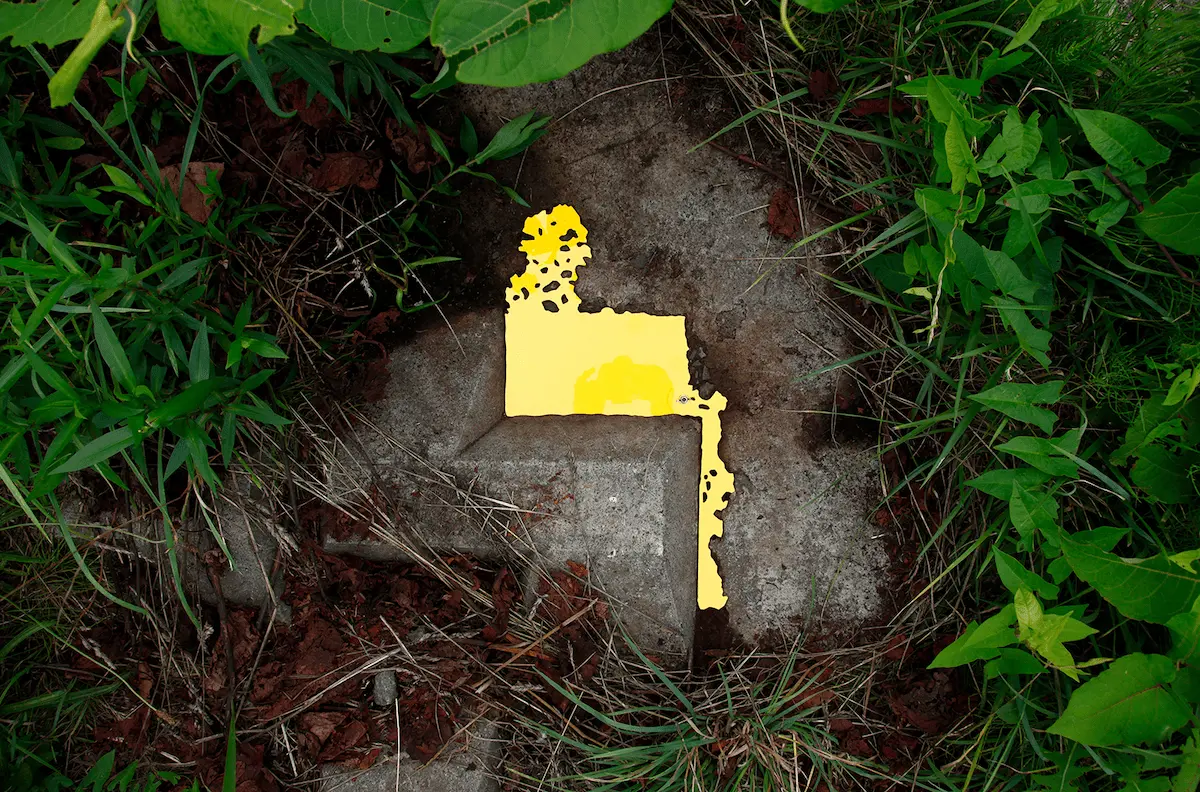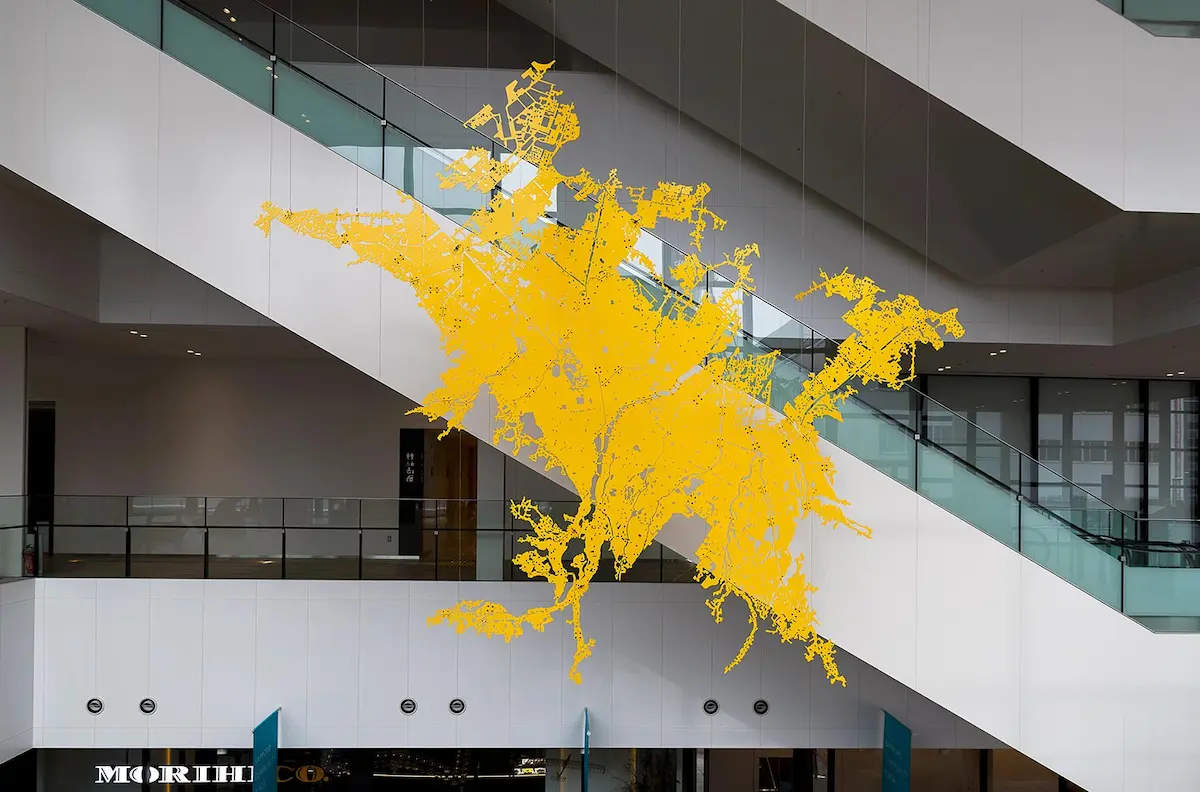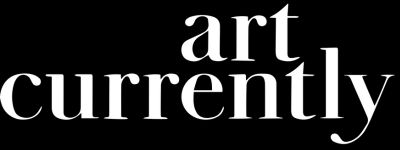Ken’ichiro Taniguchi Transforms Urban Imperfections with Bright Yellow Hecomi Sculptures Across Japan and Antwerp

Since 2000, Ken’ichiro Taniguchi, a Berlin and Sapporo-based artist, has been recontextualizing the Japanese noun Hecomi, “Heko-mu.” His practice circulates this word which pushes him to thoughtfully compose practices of tracing, mapping, studying, sculpting, and reshaping together. As a result of exploring Antwerp, Hecomi Study is subject to an upcoming exhibition at the Eva Steynen Gallery this May. Simultaneously, he’s also showing a permanent installation “City Study" exhibited at Japan's Sapporo Community Plaza spanning across two atriums.
The artist details further to art currently about his upcoming show “last November I had the opportunity to stay in Antwerp. During my stay, I walked around the city and found some nice shaped Hecomi. In a duo show in Eva Steynen Gallery, abstract sculptures based on these shapes will be presented.”
The word Hecomi represents indentions on an object's surface and is also understood as a marker of depression. Through Taniguichi’s original practice of Hecomi Study, he has rearticulated the word. He follows a clear process of tracing these natural deformities and cracks found on roads, sidewalks, and brick buildings onto transparent film to then transfer them to the recycled PVC. The yellow cutouts from the recycled PVC fit exactly into these indentions. Visually, the Hecomi’s become a sight of energy and joy while bringing together a delicate conversation about nature, restoration, and finding new narratives.
He refers to these exact fits as Hecomi Fittings and identifies them by naming each one after the address it was traced. He has traced and formed around 500 pieces across 45 countries including Japan, Berlin, Russia, and Thailand.
For Taniguchi, the word has become a vehicle to connect physical creation with implications of nature and deformities not limited to a point in time. “I am thinking about how I can express my own formative interests as abstract sculpture while feeling the dynamism of oscillating viewpoints: the micro and macro, the Hecomi and the city.”
With these various locations making up his work of micro Hecomis, he continues to explore the process on a larger scale. The artist states he has “also been studying cities from an aerial perspective for the show. These are smaller than my permanent work in Japan. However, it is very exciting to create sculptures both from Hecomi and City Shape at the same time.”
In either the micro or macro traces, the exploration of Hecomi’s possibilities continues. His work pushes the traced pieces into new dimensions by splitting Hecomi Fittings into pieces; he reconnects them with hinges. This step allows him to spatially change them in a three-dimensional space where they now are titled, Hecomi Studies. It becomes a delicate puzzle where the artist continues to fold until they come into existence, a final process reminiscent of folding paper in origami.
For Taniguchi, he has found a way to bring light into negative spaces and give a visible form between humans and nature. The process sparks joy for the artists when the pieces fit perfectly into the traced depression which provides a way to produce one-of-a-kind pieces that also have no permanent structure.
The Eva Steynen Gallery in Antwerp will have Hecomi fittings of Belgium on view from May 16 to June 15, 2024.


